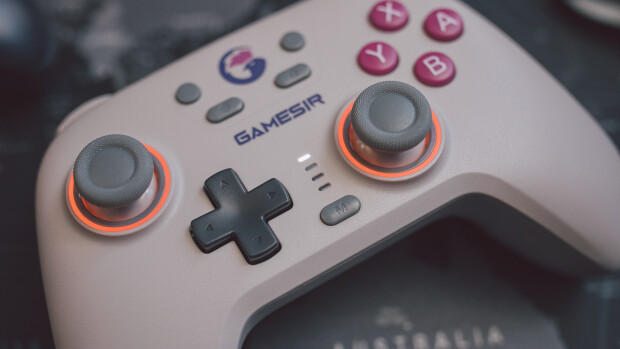As smartphones get thinner, lighter and increasingly powerful, manufacturers somehow find new ways to make the technology in our mobile devices ever more compact. The bits of tech that we slot in to our devices keep getting smaller too; users across the globe routinely insert microUSB chargers, microSD storage cards and microSIM cards into their handsets, to unleash the capabilities of the technology within.
While microSIM has been around for a couple of years now, it hasn’t been implemented much beyond Apple’s newer iPhones and its iPad tablets. Just as other manufacturers seem poised to widen the scale of microSIM adoption – Nokia’s Lumia 800 Windows Phone, due for release this week, has a microSIM slot, for example – a new format has been announced that’s set to reduce the size of the humble SIM once again.

Image via Ars Technica
The nanoSIM has been designed by German firm Giesecke & Devrient, specialists in developing smart cards and banknote production systems. The new card is 30% smaller than the microSIM, and a whopping 60% smaller than the cards currently used in the majority of mobile devices. Pocket-lint notes that compatibility of the nanoSIM with current and older devices is provided through an adapter caddy into which it can be placed.

Image via Pocketnow
G&D is actively working with manufacturers and network operators on finalising standards for nanoSIM implementation, and believes that the first mobile devices with nanoSIM slots will be on the market in early 2012. SlashGear suspects that the first such device could be Apple’s next-generation iPhone, but that seems to be little more than speculation and supposition at this stage.
SIM card technology has certainly advanced since the early days of mobile telephony. Neowin's youngest readers may not recall some of the early mobile phones that came with a SIM-chip embedded in something the size of a credit card, the entirety of which had to be inserted into the handset.

Image via greatmobile.net
Things have come a long way since then, although perhaps the technological leaps for SIM are getting a little smaller these days. Still, just imagine: by this time next year, your phone could be a fraction of a gram lighter thanks to the switch from microSIM to cutting edge nanoSIM technology.















28 Comments - Add comment